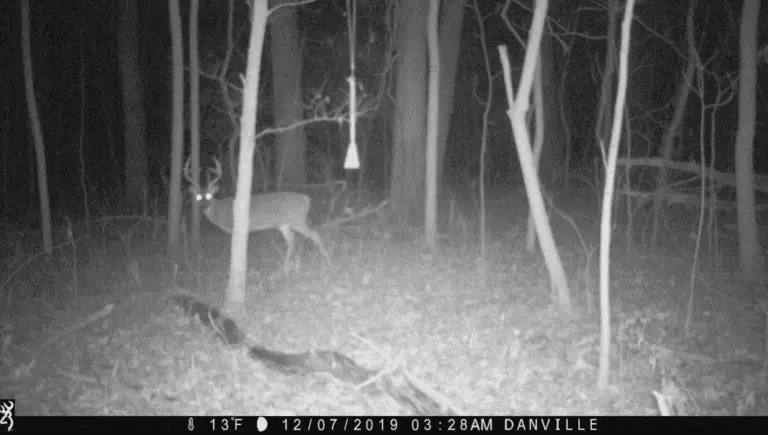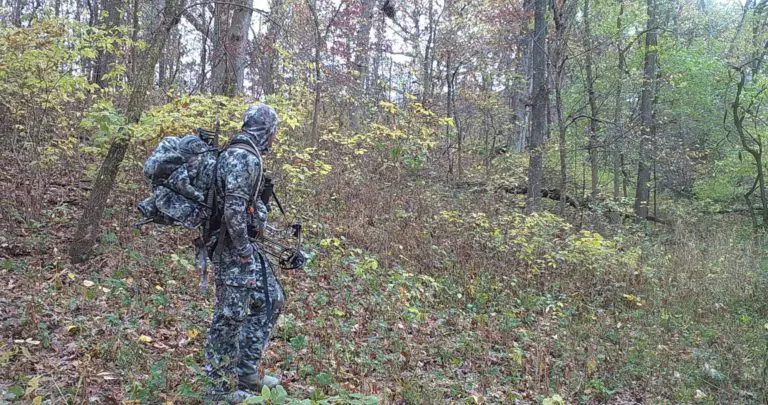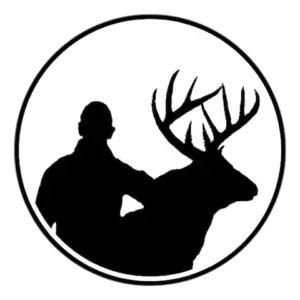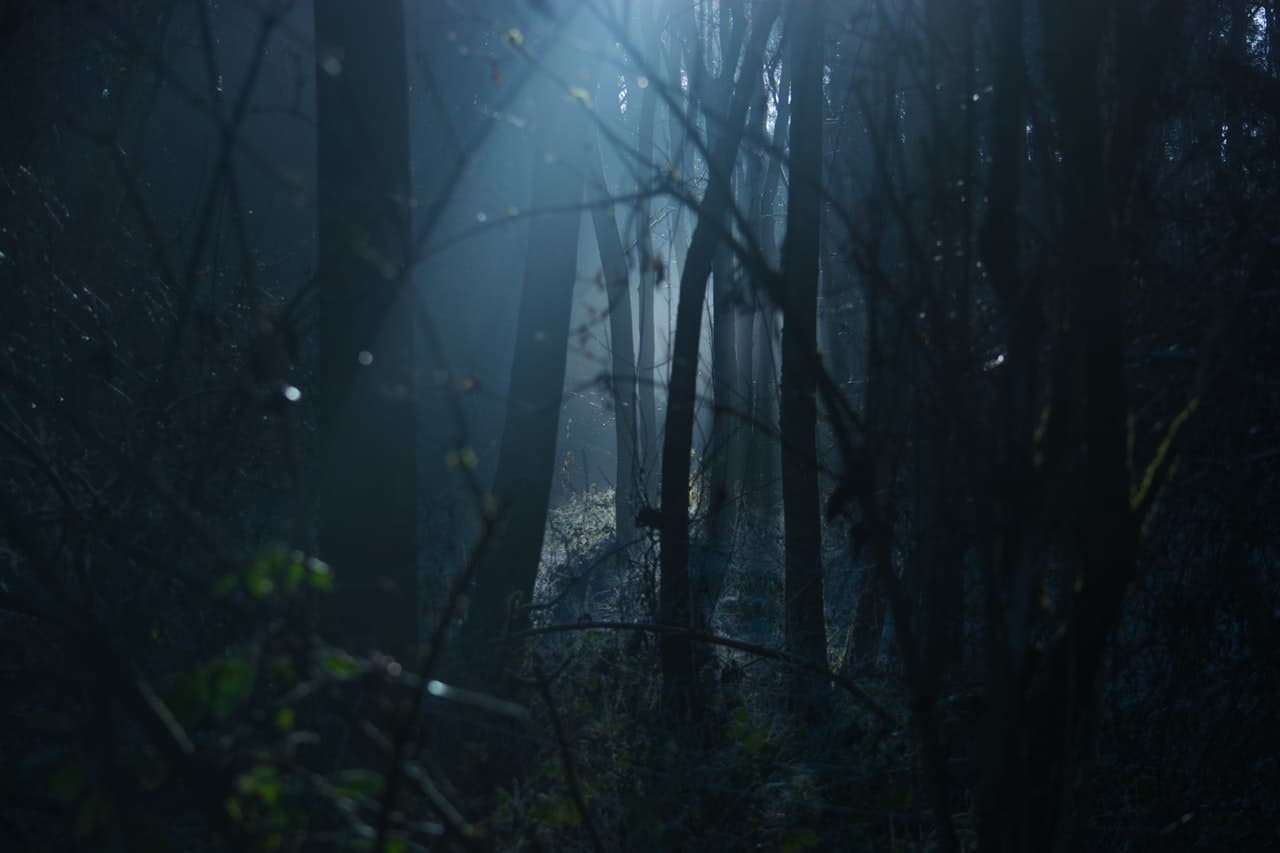You got to be prepared to set a treestand up in the dark. Pick your tree in advance so you know it will work with your equipment. Practice a routine for getting set up in the tree and be familiar with your equipment. Make sure to always wear a safety harness, but speed and silent setup with decrease your odds of spooking deer. And as usual, keep your scent from blowing toward the deer.
Hanging a treestand in the dark is going to have different requirements based on whether you are a mobile hunter or not. Mobile hunters are setting up and taking down treestands in the dark all the time. Non-mobile hunters are typically hunting in fixed treestand positions. An overwhelming majority of fixed treestand positions are hung during the daylight several days and even months prior to hunters using them to kill a deer.
If you are a fixed stand hunter, try driving your vehicle as close to the tree you plan to hang in and leave it running with the lights turned on and pointed at the tree you are setting up in. Deer are used to vehicles and are less likely to get pushed out of the area permanently. The lights will also make it easy for you to see what you are doing and make it safer for you. If you can’t get a vehicle close to the tree then take a few spotlights with you and set them on the ground pointing the light up the tree. Try to get a buddy to help you out. This is make is safer, easier, and quicker.
Fixed stand hunters should try to avoid hanging stands at night when feasible. Because mobile hunters perform the majority of setting up treestands in the dark, the rest of this blog post will be focused on mobile treestand setup in the dark.
Mobile hunters need to be much more thoughtful in their approach. As a mobile hunter, being very familiar with your equipment and practicing a routine for getting yourself up in the tree is important. When you get to the point of having your every move memorized then you are doing great with your efficiency.
Having a good routine will improve your own personal safety. There is nothing worse than struggling to get set up and fatigue starts to set in, putting your safety at risk. Never set up your stand or hunt without a safety harness. This obviously adds one more thing to have to worry about when getting set up in the dark, but nothing is more important than your safety and getting home to your family. Practice your routine and memorize your process. An efficient routine will get you set up quick in the tree, reducing fatigue, sweating, and deer catching you in the act.

How long before sunrise to get in deer stand?
There is no clear-cut answer to this question. Each and every treestand setup is unique and deer are predictably unpredictable. How well do you understand the routine movements of the deer herd where you hunt? How long does it take for you to get to your spot and get set up in the tree? How close to feeding areas are you setting up? Each of these questions is something that you need to consider when choosing your hunting spots and how much time you need to give yourself to get situated in the tree.
On one of the properties that I hunt, I can expect the majority of movement to happen during the first three hours of daylight. Most of the deer movement is does and fawns coming from the direction of farm fields going to bedding in the woods. Unless it’s the rut, I almost never have a mature buck with those does and fawns in the morning. However, I like to set up in the spots where I know the does like to bed if the rut is on. I do my best to be completely set up in the tree and sitting silent with about 20 minutes left until first light.
If I’m hunting before the rut kicks off, the last place I’m hunting is where the does are bedding because I know that big bucks like their privacy and don’t like the social pressure from the doe herd when they are trying to relax in their bedding area. My trail cameras have shown me time-after-time that mature bucks are traveling through their bedding areas at unpredictable times.
If you are hunting buck bedding areas, then setting up quickly and quietly is much more important than how early you get set up in the tree. Like I said before, deer are predictably unpredictable. The buck could already bedded down two hours before sunlight and you could scare him when you enter the woods. There is a luck factor that comes in to play. That is why its important to have several spots to hunt so you are hunting fresh areas and not burning your spots out.
Always prioritize having a good access route, moving quickly and silently, and hunting with the wind in your favor. Don’t try to beat a deer’s nose. That’s not playing the odds in your favor.
How to set up a climbing tree stand in the dark?
Get to know your climbing stand intimately. Every climbing stand is engineered different so go in your back yard and practice setting it up. Set it up on as many different sized trees that you can. You will learn how much cable length you have and get familiar with adjusting it to the desired position. Most trees get smaller in diameter as you go up from the bottom of the tree. Set the base of your treestand so that it is slanted upward. By doing this the base will level out as your climb up the tree since the tree diameter is shrinking as you go up.
One of the best tips I can give you, and this might sound geeky, but the manufactures directions that come in the box with your stand have some good advice for setting up. They are going to give you some good safety tips and best practices when using the stand. If you have never used a climbing stand before then don’t just head to the woods and start using it. You are going to make a lot of mistakes that you can avoid easily with one day of practice.
Are climbing treestands too noisy?
Yes and no. You can sing on the way to the stand if the wind is blowing hard enough. Humans can hear just as well as the deer do.
There are a lot of different climbing stands on the market today and some of them are noisy and clunky, and some are more quiet and easy to handle. Typically the more you spend on a climbing treestand the quieter, lighter, and less fatigued you will get setting it up. Even the quietest climbing stands make a little noise going up the tree. If you think a deer can hear the noise you are making 50-100 yards away then it’s probably too much noise.
Noise might not be a major concern depending on where you are setting up. If you are far from feeding areas then you might be okay to make a lot of noise. But again, that big buck could be headed your way. Your best bet is to be as quick and quiet as you can. If you know you are going to make noise, do it as quietly and quickly that you can.
At the end of the day, you need to just get in the tree and put the odds of avoiding deer and not spooking them in your favor. Access hunting spots through areas were deer aren’t expected to be, always play the wind, and get set up as quickly and quiet as you can.
Some of the disadvantages of most climbing treestands is that some trees are too big to get your strap/cable around. Also, you need to find a tree with a trunk that doesn’t have branches coming off because you can only go as high as the branch. You can carry a saw if the branches are small enough but that is going to increase the difficulty and the noise you make.
Saddle Treestand Hunting
Saddle hunting is one of the lightest, quietest, and fastest ways to get set up for a mobile hunt. This method has gained huge popularity recently because it takes mobility to the next level. Setting up in a tree with a treestand saddle is no more difficult than using a climber or hang-on stand. The obvious difference is the weight of the saddle is almost nothing. The biggest challenge to saddle hunting is getting comfortable shooting your weapon since you’re facing the tree instead of looking outward.
Ok, so maybe doesn’t scare you to try it. Maybe you won’t try it out because you don’t think you will be comfortable being suspended several hours strapped inside the saddle. I won’t lie. An all-day hunt in a saddle is tough. But so are all-day hunts in tradition hang-on stands and some climbing stands. Like anything else, the more you spend on a quality saddle, the more comfortable you will be. Also, you only ever need to buy one saddle. That makes it a little easier to justify spending the extra money.
Serious hunters who are mobile hunters or looking to get into mobile hunting should spend their time, money, and energy learning how to hunt out of a saddle. The learning curve isn’t that bad to get over and it will pay huge dividends in the long run.
If you are going to commit to saddle hunting, then make sure you practice setting up several times before attempting to do this in the dark. I’m going to stress this again, memorize your routine and get to the point where you can get set up in your sleep. When you practice getting set up with saddle gear, also practice shooting your bow. You should be able to shoot 360 degrees around you. Get comfortable positioning your body and taking a shot on each side of the tree. Shoot in front of you and behind you, from each side of the tree. This will help you build muscle memory.

Hang and Hunt Stands
Hang-on treestands have become much easier to utilize for mobile hunting in recent years. Companies today are manufacturing compact and lightweight stands specifically for the mobile hunter. Many hang-on stands are engineered to hold a set of climbing sticks so everything fits together as one unit. This makes your hike to into the woods easier, quieter, and quicker.
There are many advantages to hang-on tree stands. The first is that most hunters are familiar with them. Setting up hang-on stands in the dark and nailing down your routine is quickly learned. Another advantage is that you don’t have to worry about branches or tree’s splitting on the way up. There are also ton’s of options for customization which adds another element of fun if you are one of those guys that likes to ultra prepare for your hunts.
Conclusion
There is a lot of thought and strategy that can go into setting up a treestand in the dark. The reality is, there is no perfect way to do it. Everyone has to make strategic decisions to put the odds of success in their favor. Here are a few best practices for getting set up in the dark:
Prepare
- Pick the right tree(s) prior to the season and trim shooting lanes
- Don’t pick a tree close to food sources
- Inspect your gear and customize it if necessary
- Practice a routine for getting set up and get familiar with your equipment
- Shoot your bow in the tree
Hunt Smart
- ALWAYS wear your safety harness
- Access your tree in the opposite direction from food sources
- Play the wind. Don’t think you can beat a deer’s sense of smell
- Get set up as fast and silent as possible
- Be completely set up in the tree at least 20 minutes prior to first light


